Burr Stickseed
Display all 17 images
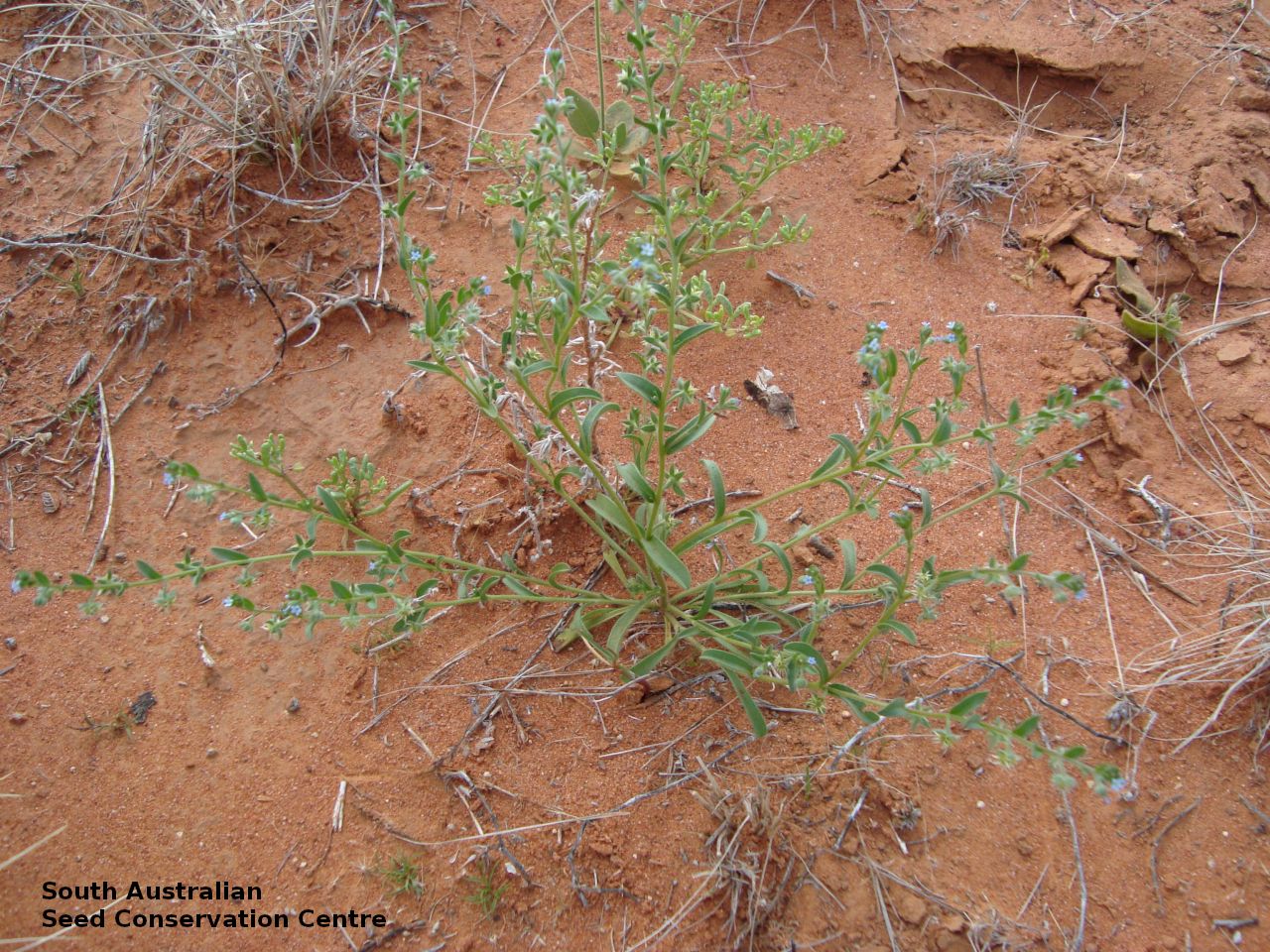
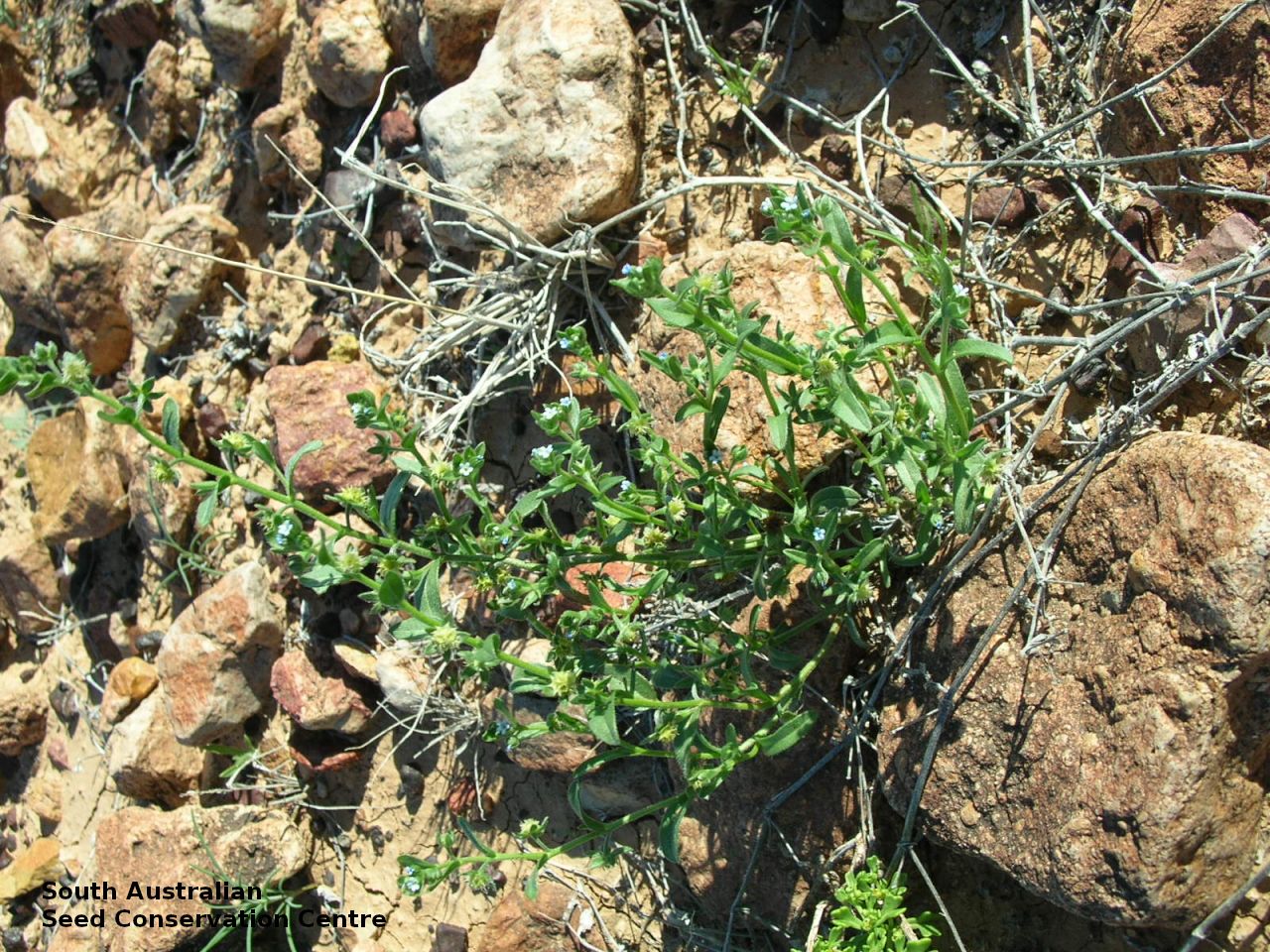


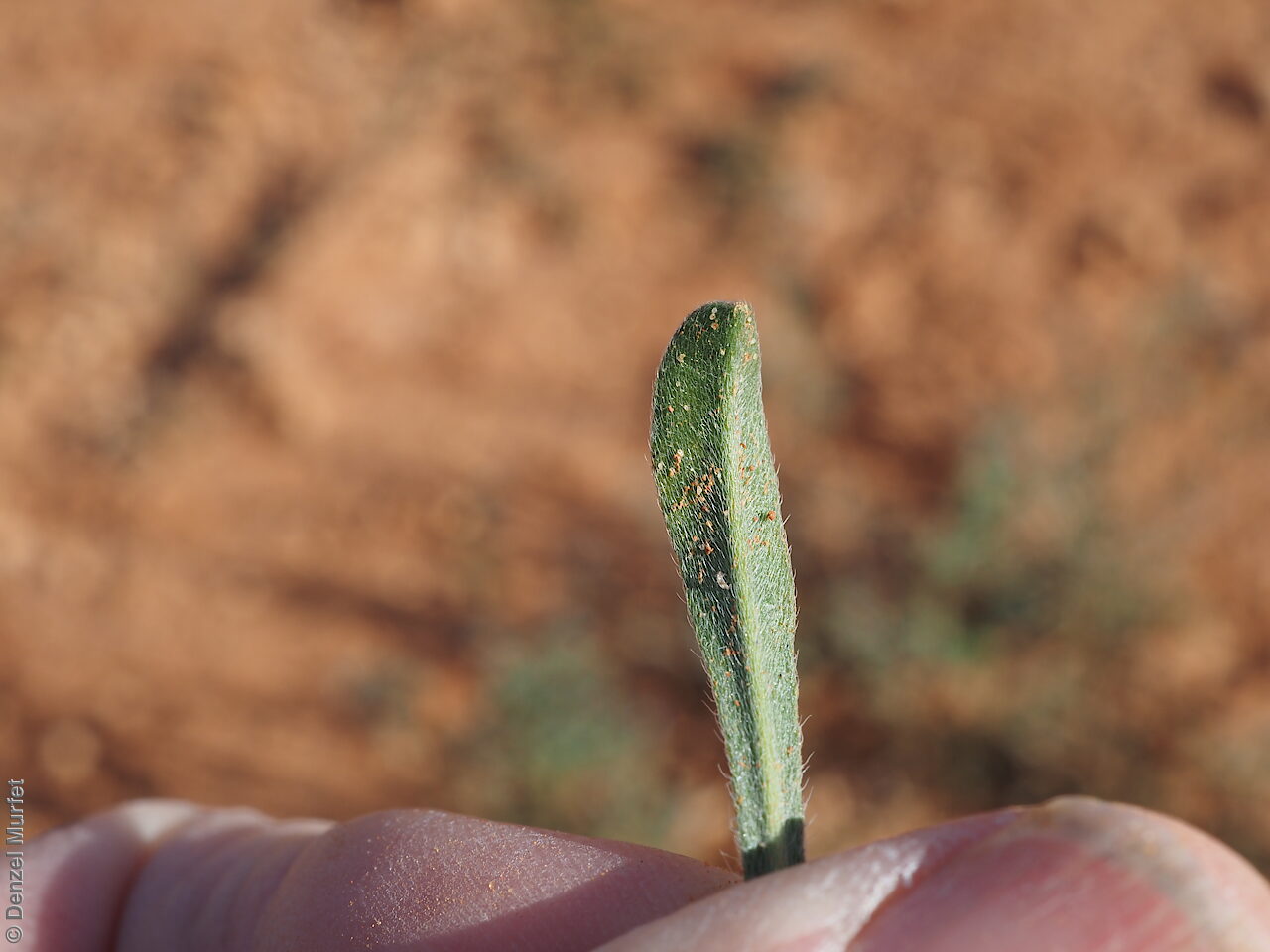
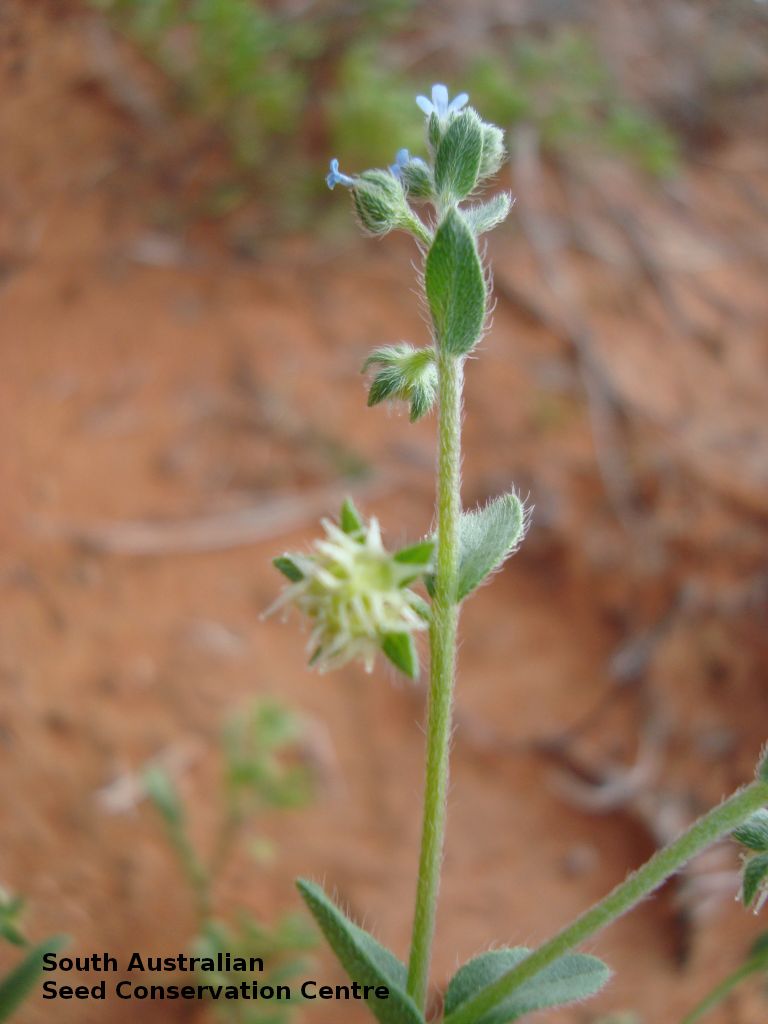
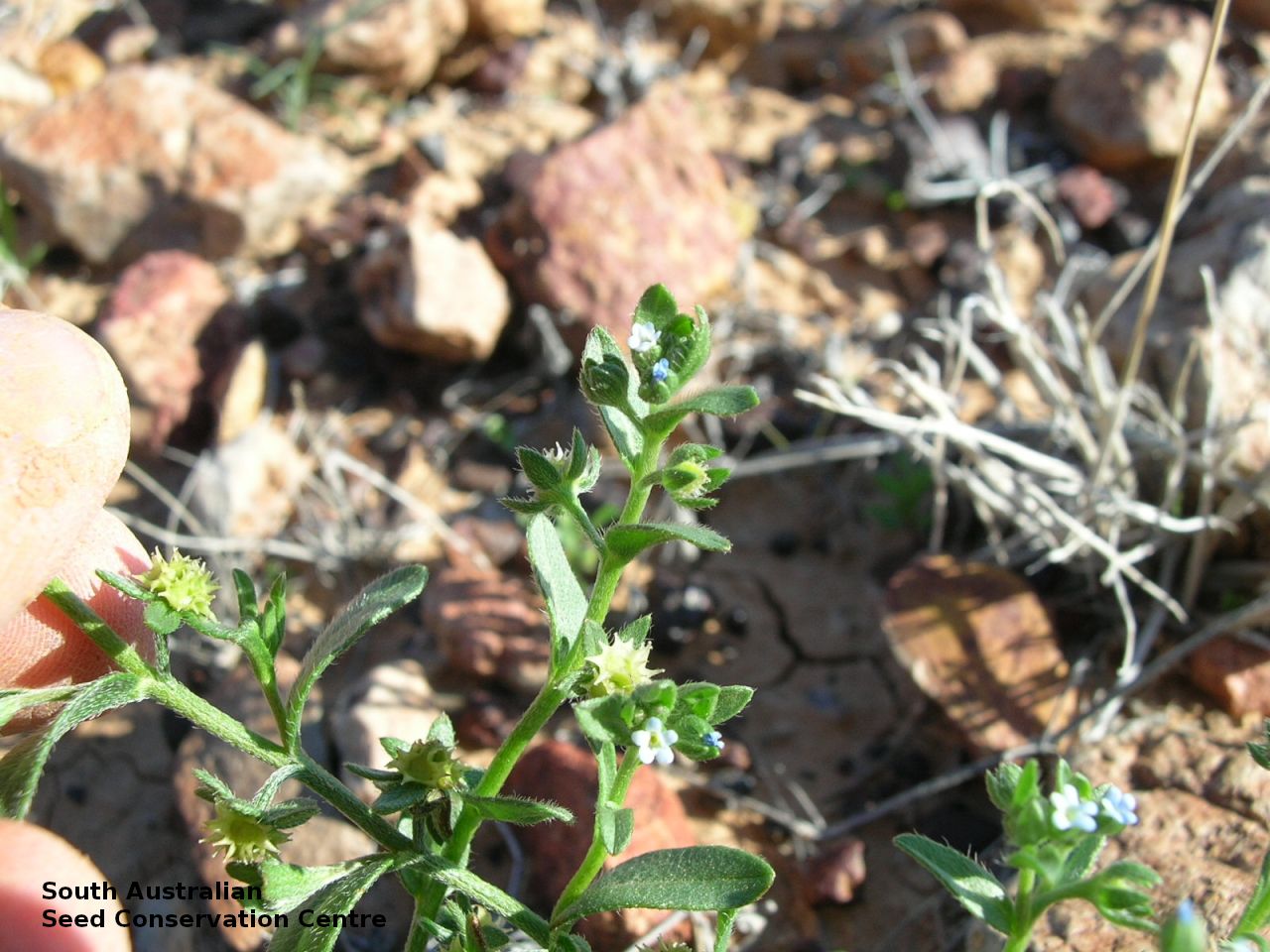
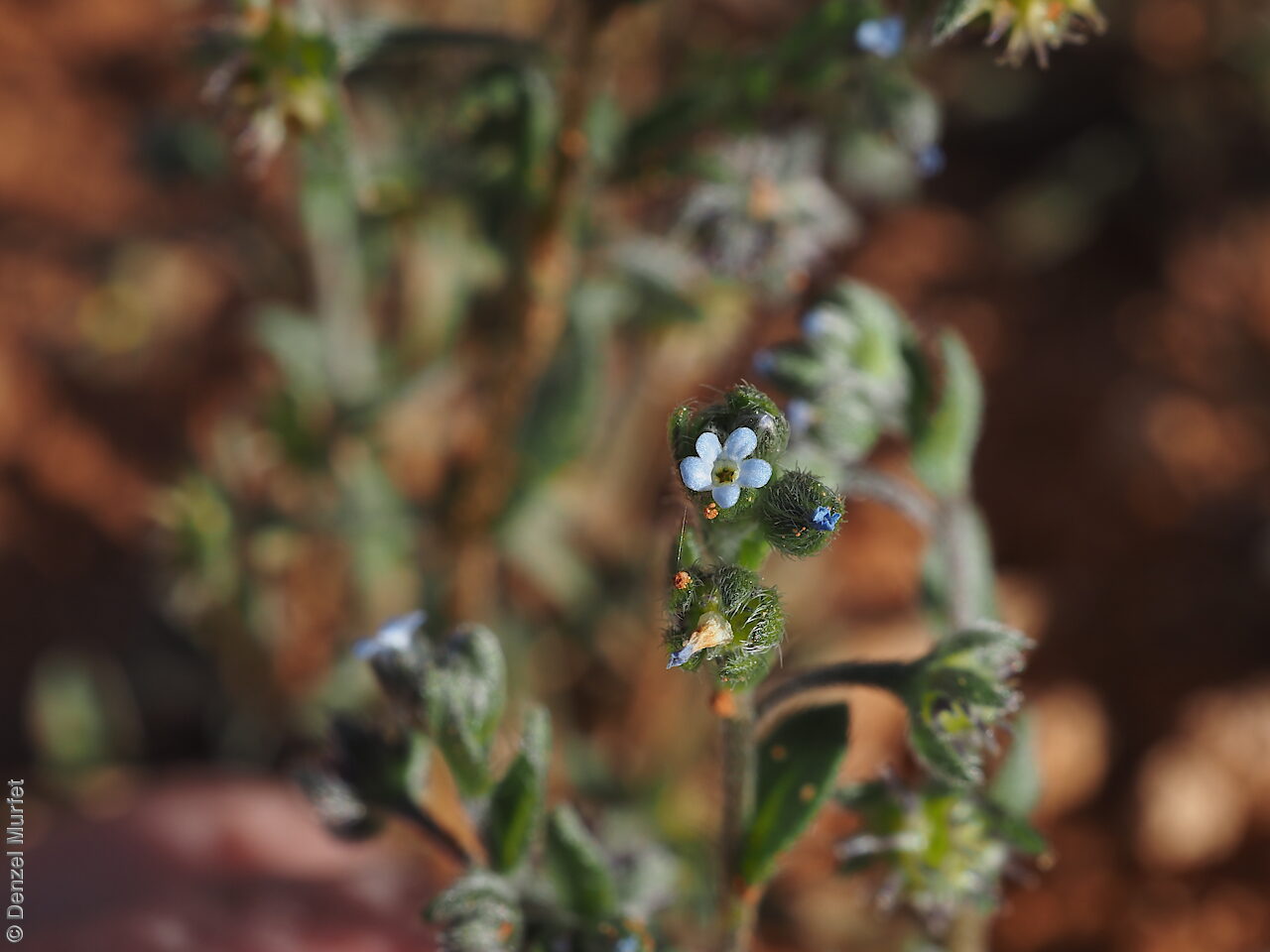
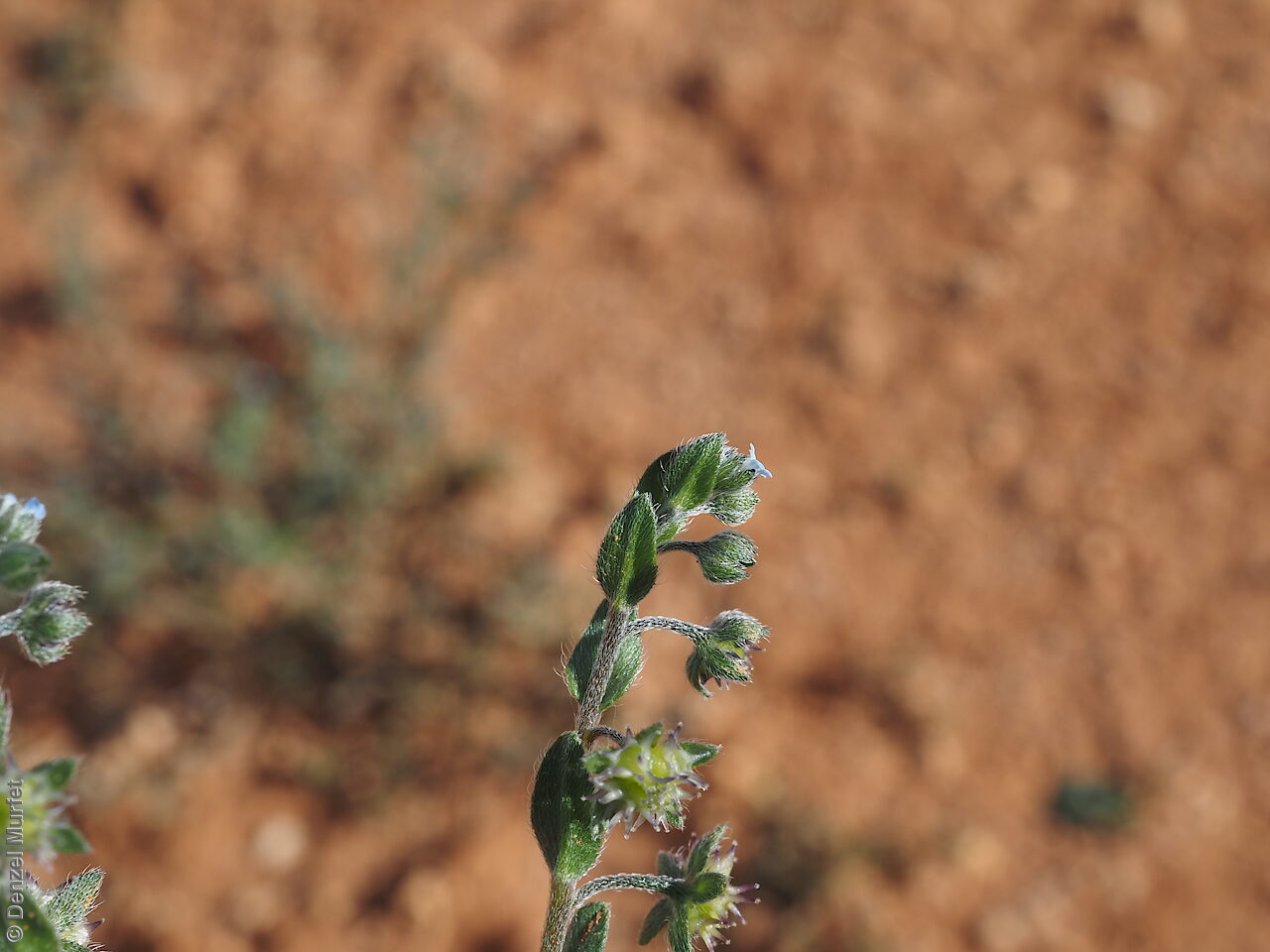
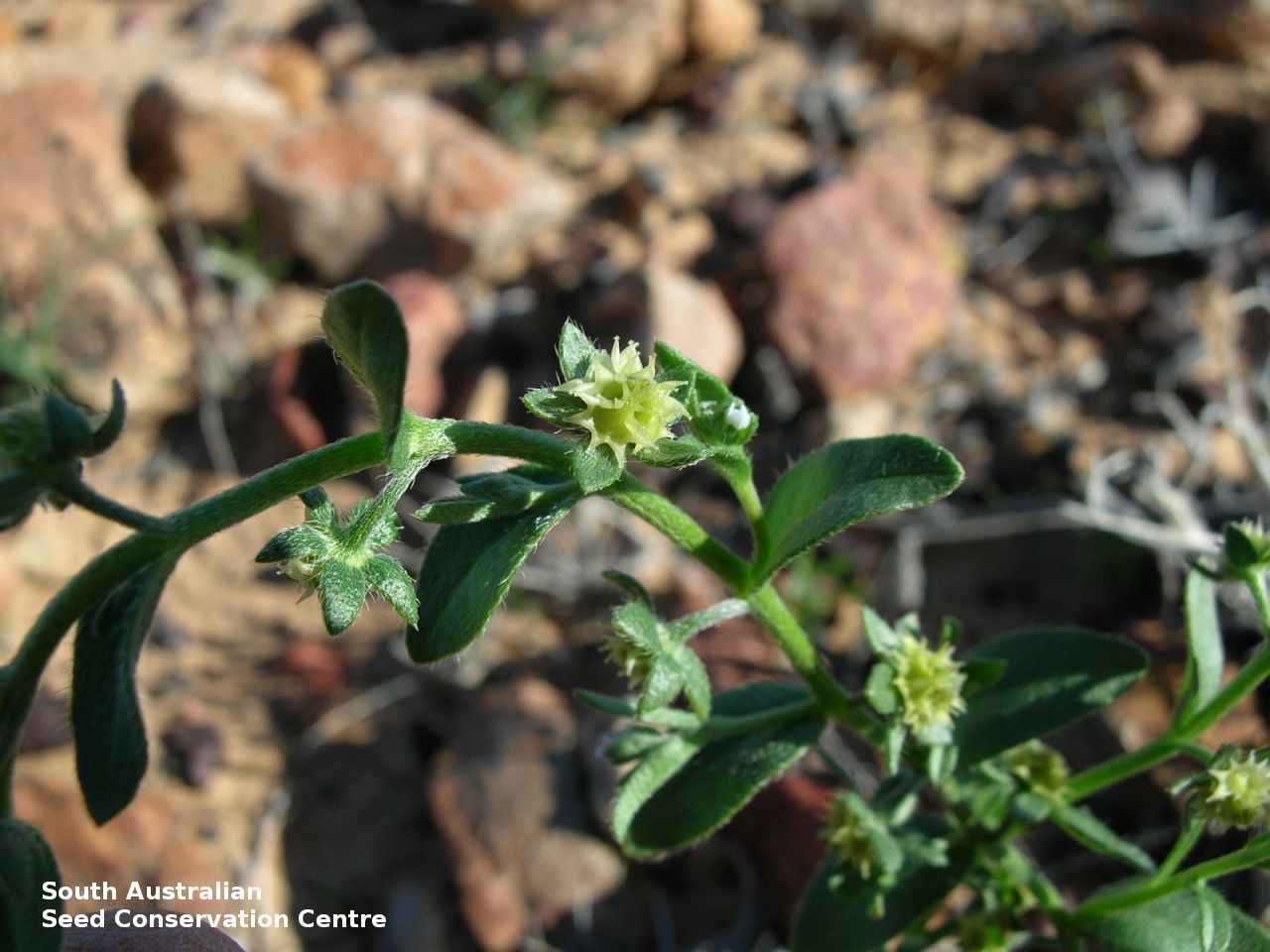
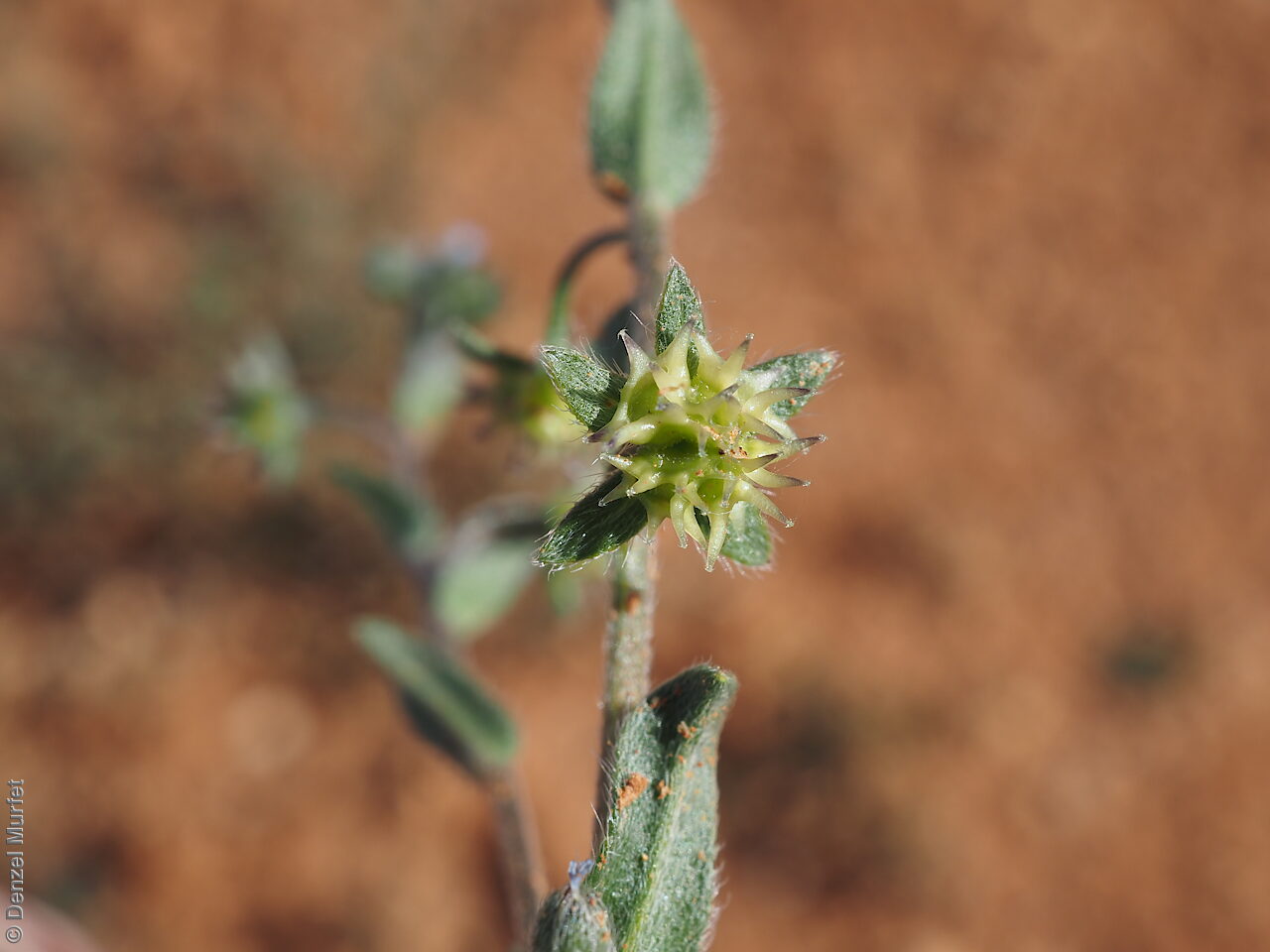
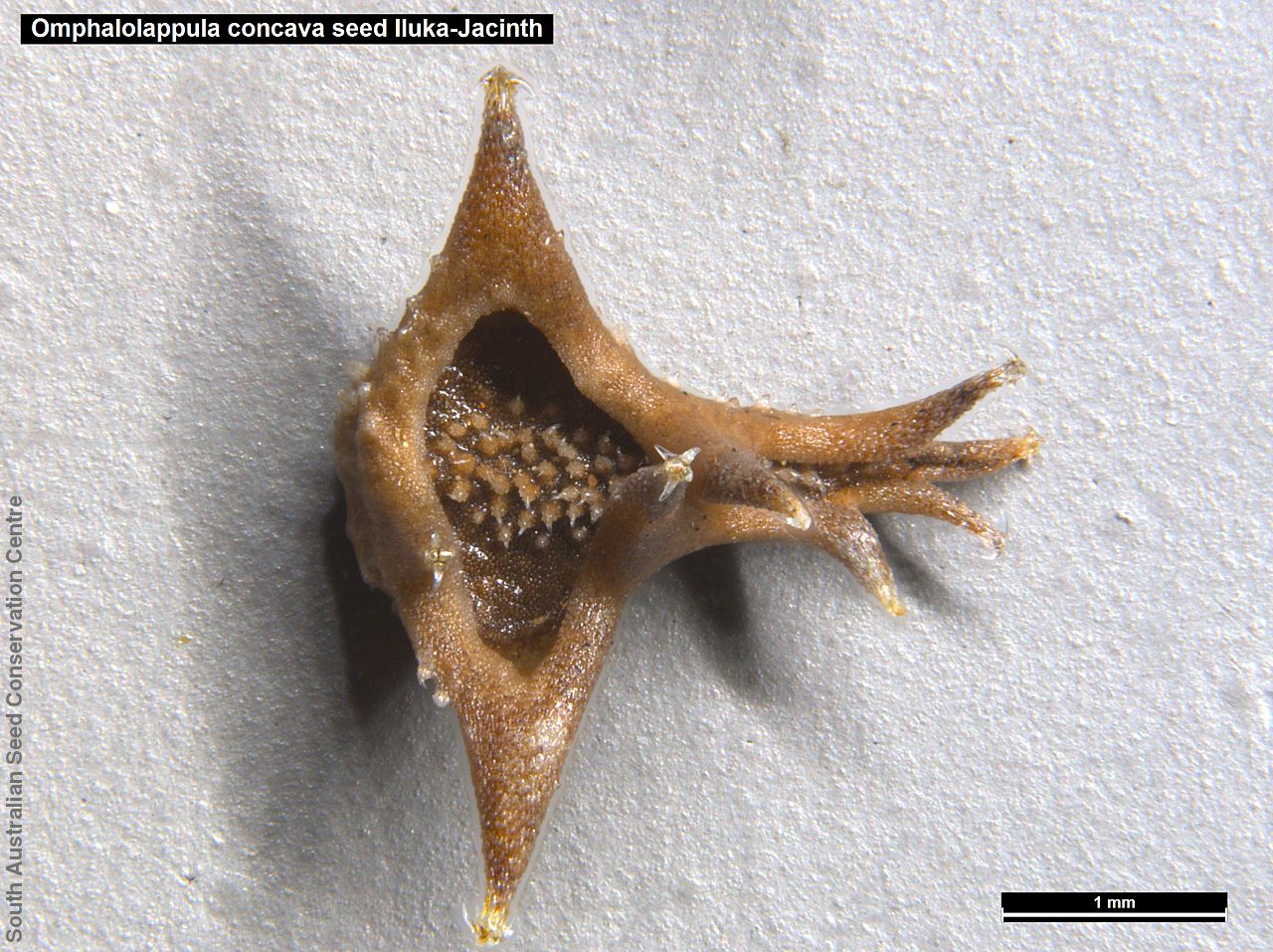
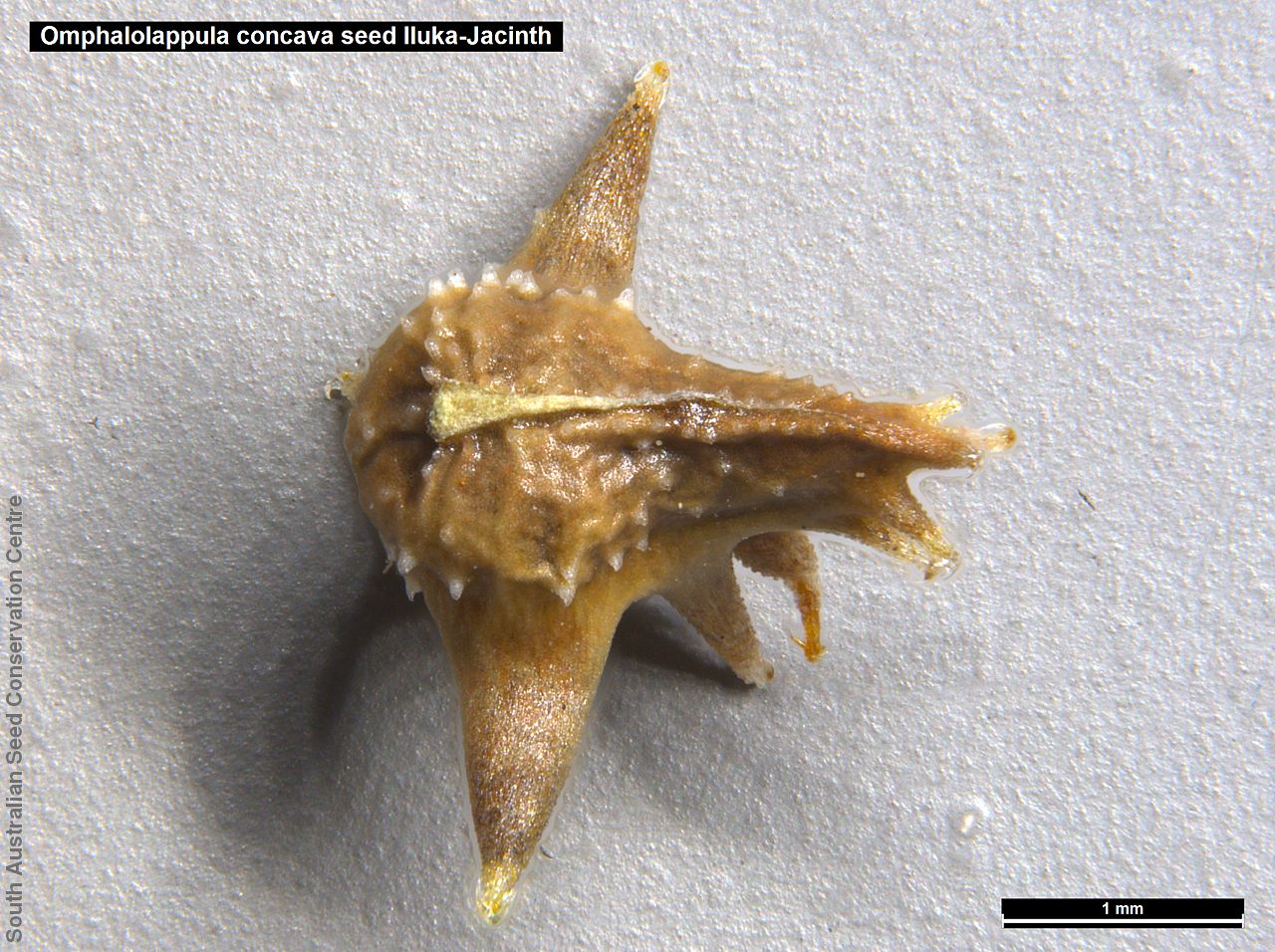


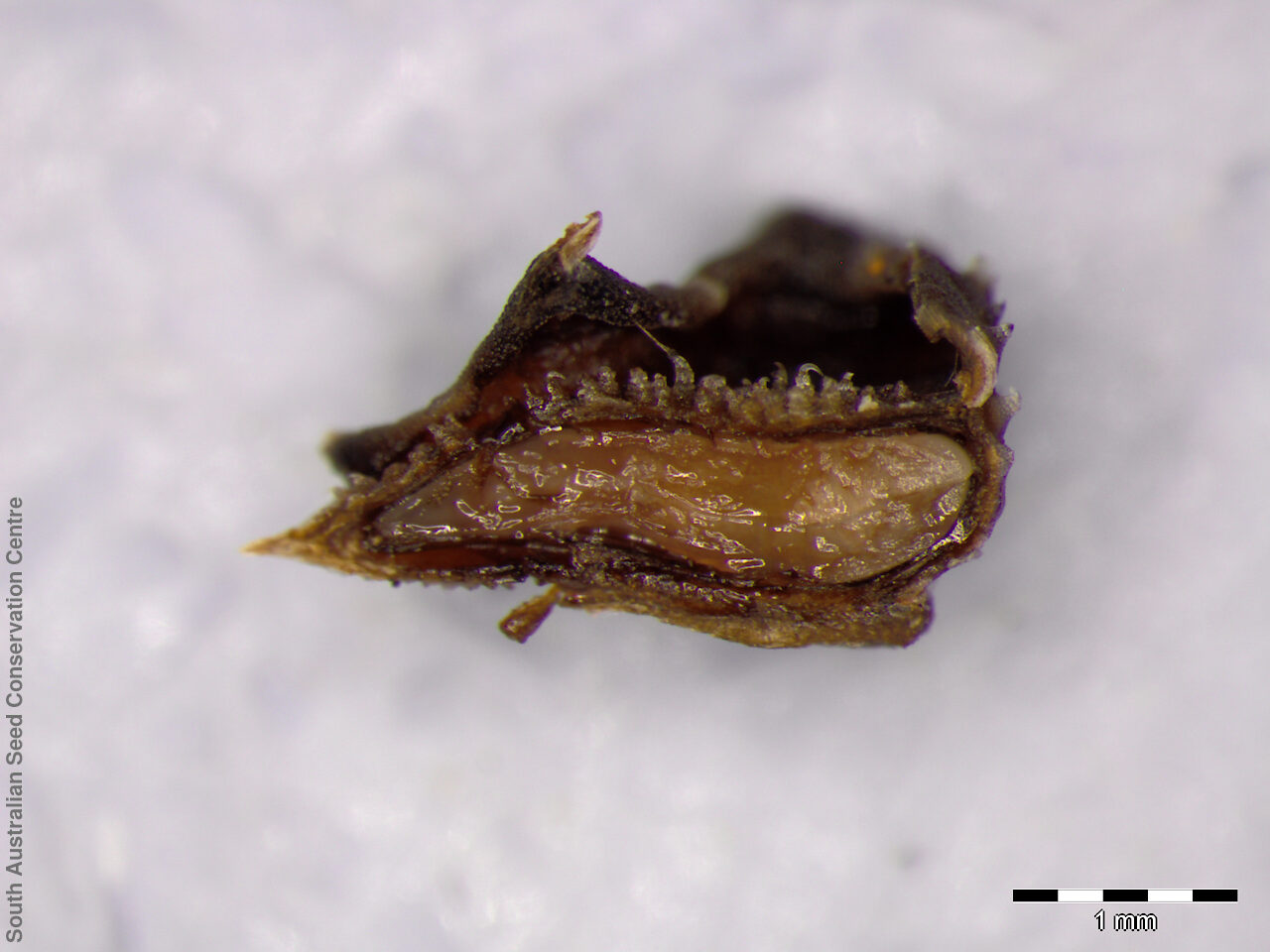
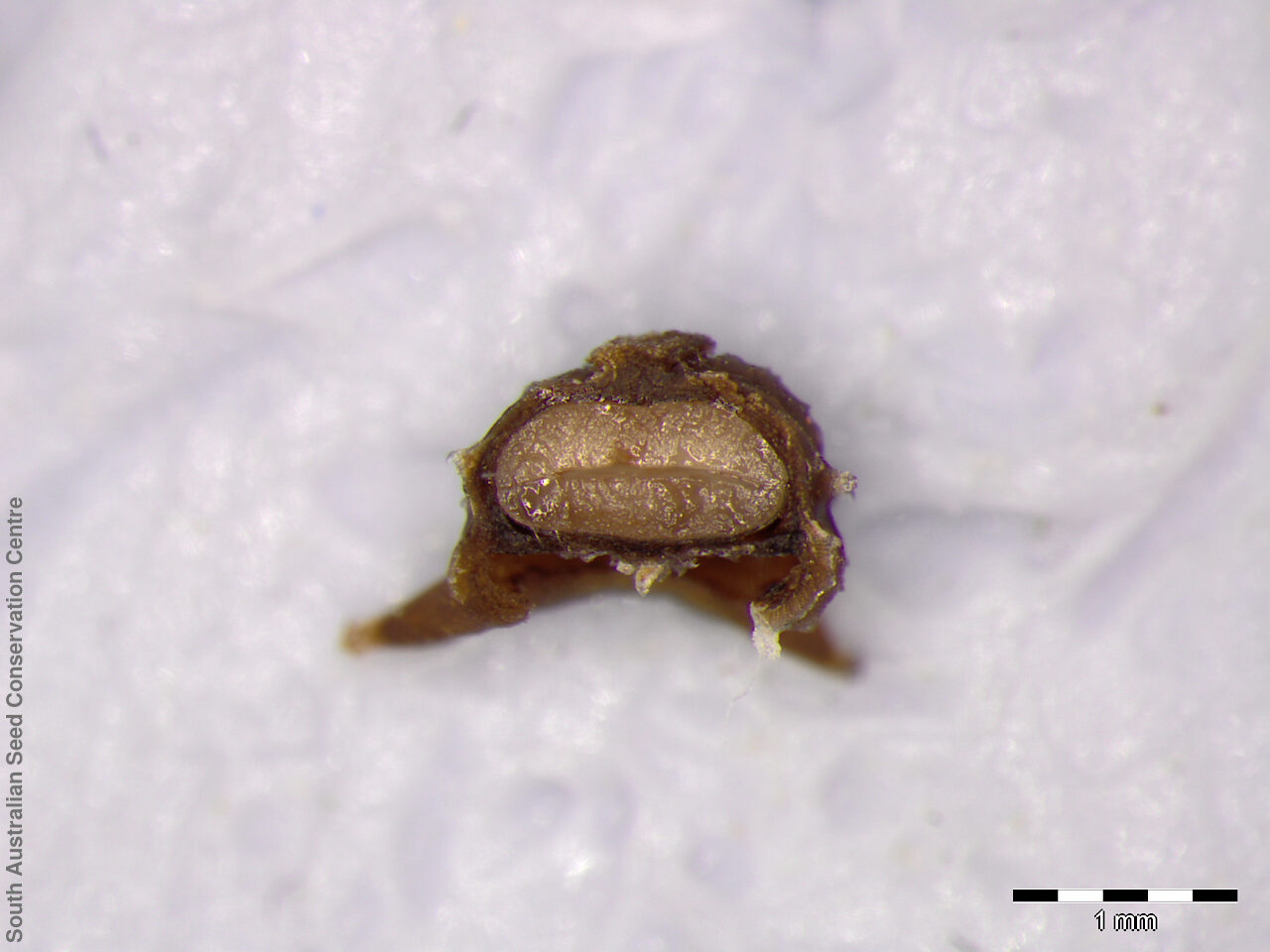
Regional Species Conservation Assessments per IBRA subregion.

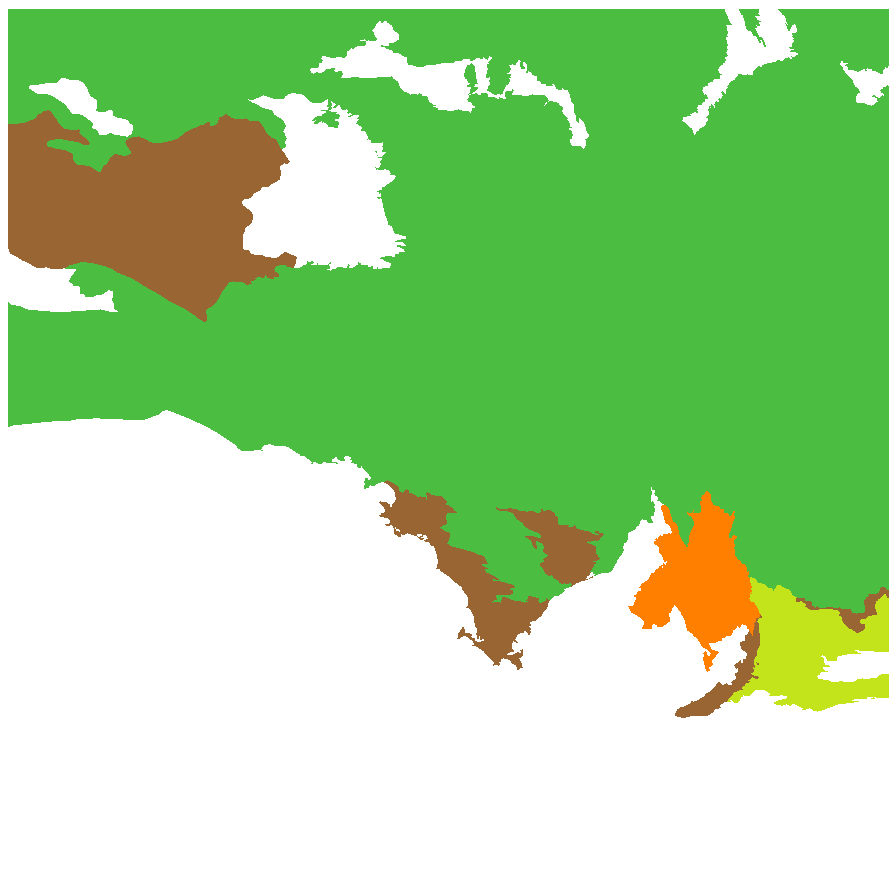
Least concern
Near threatened
Rare
Vulnerable
Endangered
Critically endangered
Extinct
Data deficient
Adelaide
Arkaroola
Ceduna
Coober Pedy
Hawker
Innamincka
Marla
Marree
Mount Gambier
Oodnadatta
Renmark
Wudinna
Keith
Yunta
Display IBRA region text
| Fleurieu (KAN02) | Kanmantoo | Rare (IUCN: RA d(ii)) [marginal] |
| Broughton (FLB02) | Flinders Lofty Block | Endangered (IUCN: EN B2ab(i,ii,iii)) (Definite Decline) [not in surveys] |
| Olary Spur (FLB03) | | Least Concern [drier areas] |
| Southern Flinders (FLB04) | | Least Concern [drier areas] |
| Northern Flinders (FLB05) | | Least Concern |
| Central Flinders (FLB06) | | Least Concern |
| St Vincent (EYB02) | Eyre Yorke Block | Endangered (IUCN: EN B2ab(i,ii,iii)) (Definite Decline) [not in surveys] |
| Eyre Hills (EYB03) | | Rare (IUCN: RA d(i,ii)) |
| Talia (EYB04) | | Rare (IUCN: RA d(i,ii)) |
| Eyre Mallee (EYB05) | | Least Concern |
| South Olary Plain (MDD01) | Murray Darling Depression | Least Concern |
| Murray Mallee (MDD02) | | Near Threatened (Probable Decline) |
| Braemer (MDD07) | | Least Concern |
| Murray Scroll Belt (RIV06) | Riverina | Rare (IUCN: RA ab) (Probable Decline) |
| Myall Plains (GAW01) | Gawler | Least Concern |
| Gawler Volcanics (GAW02) | | Least Concern |
| Gawler Lakes (GAW03) | | Least Concern |
| Arcoona Plateau (GAW04) | | Least Concern |
| Kingoonya (GAW05) | | Least Concern |
| Torrens (GAW06) | | Least Concern |
| Roxby (GAW07) | | Least Concern |
| Commonwealth Hill (GAW08) | | Least Concern |
| Maralinga (GVD03) | Great Victoria Desert | Rare (IUCN: RA d(ii)) |
| Kintore (GVD04) | | Least Concern |
| Yellabinna (GVD06) | | Least Concern |
| Nullarbor Plain (NUL02) | Nullarbor | Least Concern |
| Yalata (NUL03) | | Least Concern |
| Hampton (HAM01) | Hampton | Least Concern |
| Barrier Range (BHC01) | Broken Hill Complex | Least Concern [drier areas] |
| Barrier Range Outwash (BHC04) | | Least Concern |
| Bimbowrie (BHC05) | | Least Concern |
| Curnamona (BHC06) | | Least Concern |
| Simpson Desert (SSD02) | Simpson Strzelecki Dunefields | Least Concern |
| Dieri (SSD03) | | Least Concern |
| Warriner (SSD04) | | Least Concern |
| Strzelecki Desert (SSD05) | | Least Concern |
| Breakaways (STP01) | Stony Plains | Least Concern |
| Oodnadatta (STP02) | | Least Concern |
| Murnpeowie (STP03) | | Least Concern |
| Peake-Dennison Inlier (STP04) | | Least Concern |
| Witjira (STP06) | | Least Concern |
| Baltana (STP07) | | Least Concern |
| Sturt Stony Desert (CHC02) | Channel Country | Least Concern |
| Coongie (CHC06) | | Least Concern |
| Mann-Musgrave Block (CER01) | Central Ranges | Least Concern |
| Everard Block (CER03) | | Least Concern |
| Tieyon (FIN03) | Finke | Least Concern |
| Fleurieu (KAN02) | Kanmantoo | Rare (IUCN: RA d(ii)) [marginal] |
| 5 of 6 subregions | Flinders Lofty Block | Least Concern , Endangered |
| 4 of 5 subregions | Eyre Yorke Block | Least Concern , Rare , Endangered |
| 3 of 6 subregions | Murray Darling Depression | Least Concern , Near Threatened |
| Murray Scroll Belt (RIV06) | Riverina | Rare (IUCN: RA ab) (Probable Decline) |
| 8 of 8 subregions | Gawler | Least Concern |
| 3 of 4 subregions | Great Victoria Desert | Least Concern , Rare |
| 2 of 3 subregions | Nullarbor | Least Concern |
| Hampton (HAM01) | Hampton | Least Concern |
| 4 of 4 subregions | Broken Hill Complex | Least Concern |
| 4 of 4 subregions | Simpson Strzelecki Dunefields | Least Concern |
| 6 of 7 subregions | Stony Plains | Least Concern |
| 2 of 4 subregions | Channel Country | Least Concern |
| 2 of 3 subregions | Central Ranges | Least Concern |
| Tieyon (FIN03) | Finke | Least Concern |
Prior names
Cynoglossospermum concavum
Lappula concava
Echinospermum concavum
Cynoglossum concavum
Common names
Burr Stickseed
Etymology
Omphalolappula refer to the mericarps of this genus which were thought to be intermediate between those of genera Omphalodes and Lappula. Concava from Latin meaning concave; alluding to the mericarps.
Distribution and status
Found across much of South Australia, except Kangaroo Island and the South-east, growing in a range of habitats such as mallee scrubs, lake margins and saline flats. Also found in all mainland states. Native. Common in South Australia. Uncommon in Queensland. Common in the other states.
Herbarium regions: North Western, Lake Eyre, Nullarbor, Gairdner-Torrens, Flinders Ranges, Eastern, Eyre Peninsula, Northern Lofty, Murray, Yorke Peninsula, Southern Lofty, Green Adelaide
AVH map: SA distribution map (external link)
Plant description
Erect or spreading annual to 35 cm high, covered densely with hairs. Leaves sessile or subsessile, narrow-obovate to oblong, to 4 cm long and 6 mm wide, apex acute or obtuse, base cuneate, margins flat. Inflorescences with few blue flowers.Bracts about as long as pedicels, pedicels to 10 mm long. Sepals narrow-elliptic to lanceolate, to 3 mm long. Corolla to 3.5 mm long, glabrous, blue, tube much longer than the oblong lobes, throat scales saccate. Anthers to 0.5 mm long, tapering to a point. Style to 0.5 mm long. Flowering between July and October. Fruits are brown fruit cluster with a n umber of seeds hanging along fruiting spike. Seeds are brown irregular-shaped seed to 8 mm long and 10 mm wide, surface concave and with few short large spines. Seed embryo type is spatulate fully developed.
Seed collection and propagation
Collect seeds between September and December. Collect maturing fruits, those turning brown and contain a hard seed inside, by running your hands along the fruiting spike or break off the whole spike. Wear gloves as fruits can be prickly. Place the seeds/spikes in a tray and leave to dry for two weeks. No further cleaning is required if only seed collected. If seed spikes collected, use hand to strip off the mature seeds. Store the seeds with a desiccant such as dried silica beads or dry rice, in an air tight container in a cool and dry place. From two collections, the seed viability were high, ranging from 90% to 100%. Seeds are non-dormant, viable seed should germinate readily.
| Location | No. of seeds
(weight grams) | Number
of plants | Date
collected | Collection number
Collection location | Date
stored | % Viability | Storage
temperature | | BGA | 300 (0.6 g) | 3 | 27-Sep-2007 | DJD873
Lake Eyre | 19-Sep-2008 | 90% | -18°C |
| BGA | 7,700 (22.15 g) | 100+ | 23-Nov-2010 | KHB478
Flinders Ranges | 1-Jan-2012 | 100% | -18°C |
Location: BGA — the seeds are stored at the Adelaide Botanic Gardens, MSB — the seeds are stored at the Millennium Seed Bank, Kew, England.
Number of plants: This is the number of plants from which the seeds were collected.
Collection location: The Herbarium of South Australia's region name.
% Viability: Percentage of filled healthy seeds determined by a cut test or x-ray.
Germination table:
Display


















